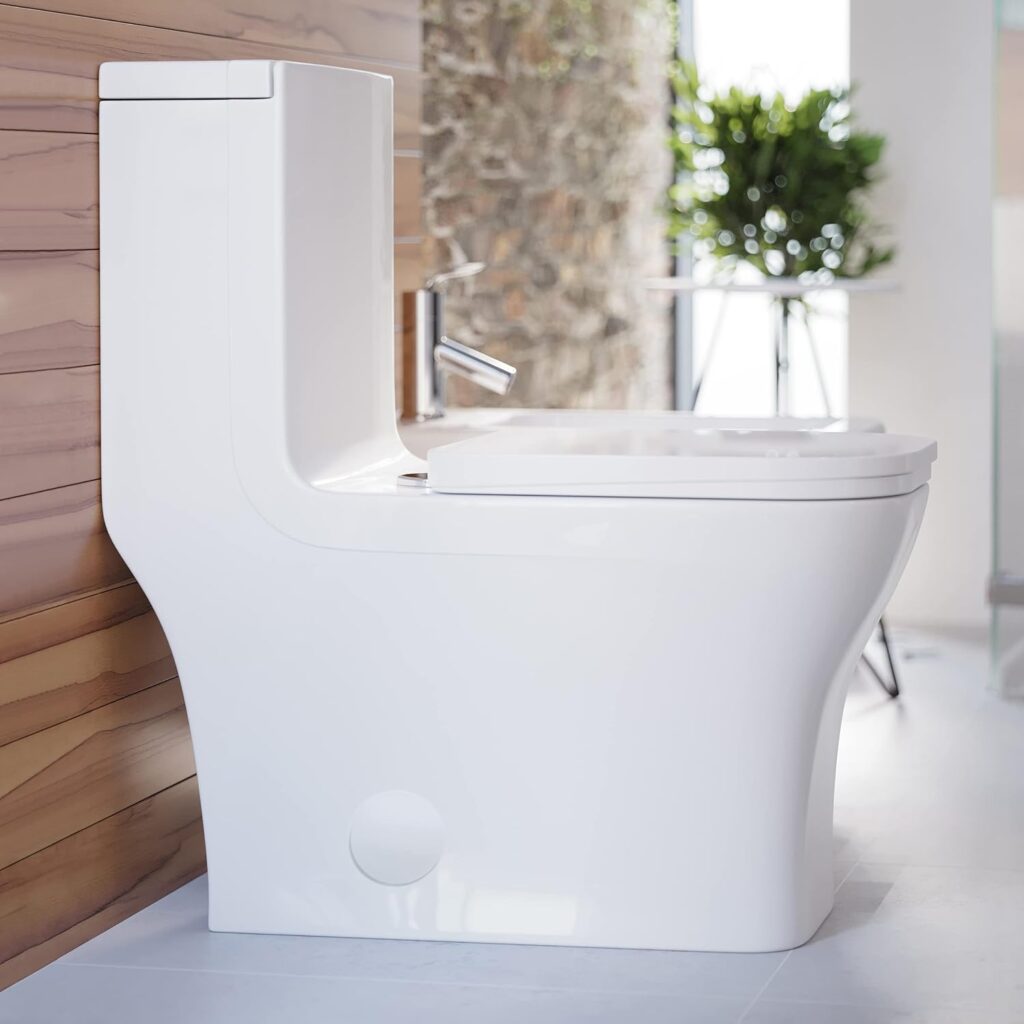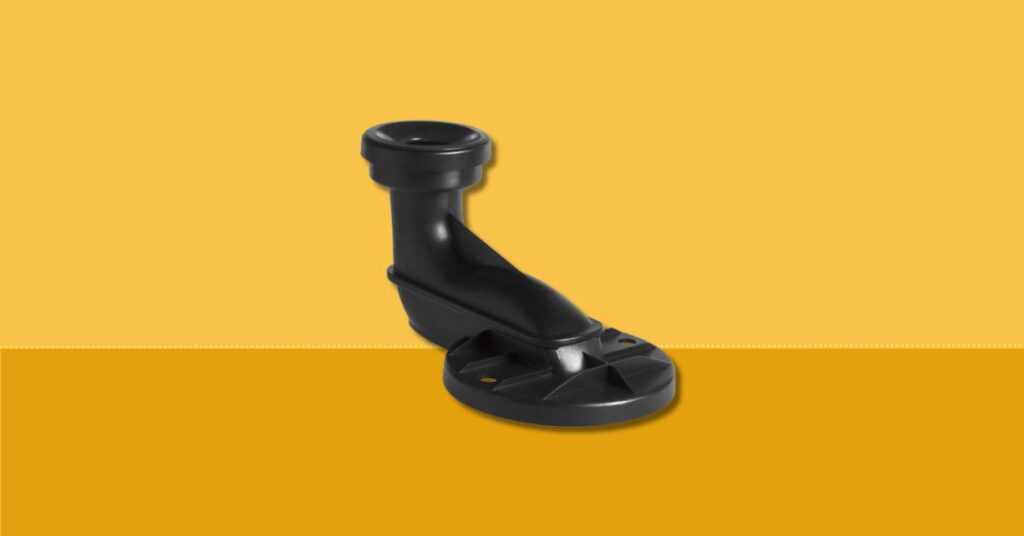Have you ever noticed that 14” rough in toilets are significantly more expensive than their 12” counterparts? If you’ve been in the market for a new toilet, you may have wondered why this is the case. After all, they both serve the same purpose, right? Well, the truth is, size does matter when it comes to the cost of toilets.
In this blog post, we’ll delve into the world of 14” rough in toilets and uncover the reasons why they tend to be more expensive. From the manufacturing process to installation requirements, there are several factors that contribute to the higher price tag of these toilets.
So let’s get ready to flush out the answers to the question: why are 14” rough in toilets more expensive?
Use links below for easy navigation
Understanding the Basics

Embarking on the journey of choosing the right toilet can be difficult, especially when faced with unconventional terms like “14” rough-in.” Fear not, for we’re here to demystify the basics and guide you through this bathroom realm.
Demystifying Toilet Dimensions
To kick things off, let’s talk about toilet sizes. It’s not just about the bowl shape or color; the dimensions play a pivotal role.
“Rough-in” a term that denotes the distance from the wall behind the toilet to the center of the drainpipe. The standard rough-in size for most homes in North America is 12-inch rough-in. However, some older or uniquely designed homes might have a 14” or even a 10” rough-in. It’s essential to get this measurement right; a toilet with an incorrect rough in size might not fit properly, causing installation challenges or even damage to your plumbing.
The 14” Rough In Defined
So, what makes the 14-inch rough-in special? Picture this: a bit more breathing room. This measurement ensures that your toilet sits a bit further away from the wall, providing flexibility in tight spaces. It’s like customizing your bathroom to accommodate your specific layout needs.
In simpler terms, if your bathroom has unique spatial constraints, the 14-inch rough-in becomes your design ally. It’s about optimizing the space you have without compromising on the comfort of your porcelain throne.
Now that we’ve unraveled the mystery behind the 14-inch rough-in, stay tuned as we explore why this slightly more generous spacing comes with a distinctive price tag.
The Issue of Supply and Demand
The law of supply and demand plays a pivotal role in the price of 14” rough-in toilets. These toilets are not as commonly manufactured or needed as the standard 12” rough-in toilets. As a result, fewer manufacturers produce these, leading to a lower supply. Unfortunately, this mismatch between supply and demand often leads to a higher price. To put it simply, when the supply is low, and the demand is high, prices tend to go up. It’s an economic principle that affects everything from housing to the cost of our favorite fruits, and yes, even the price of toilets.
Targeting a Niche Market
Now, let’s talk about demand. The 14” rough-in isn’t everyone’s cup of tea. It’s a bit like a premium coffee blend – tailored to a specific taste. This exclusivity makes it a niche product, appealing to a more discerning consumer who values that extra space and sophistication in their bathroom haven.
Perceived Value vs. Actual Investment
Here’s where psychology comes into play. The exclusivity of the 14” rough-in isn’t just about the physical product; it’s about the perceived value. Knowing that you have something unique, a toilet that’s a bit fancier than the rest, adds a sense of worth. And, of course, manufacturers and retailers are aware of this, contributing to the higher price tag.
The Production Cost Factor
Manufacturing a 14” rough-in toilet isn’t as straightforward as producing the standard 12” ones. They require specialized molds, which means more time, labor, and material. The specialized molds have to be crafted accurately to ensure the toilet fits perfectly in the 14” rough-in space. They cannot be used interchangeably with other toilet sizes, adding to the production cost.
The manufacturing process also becomes less efficient due to the smaller production batches, driving the unit cost up further. And, of course, these extra costs trickle down to the consumer. It’s not just about the cost of the materials, but the time and resources spent on creating these less common, specialized products that contribute to the higher price tag of 14” rough-in toilets.
Think of it as the difference between mass-producing generic sneakers and handcrafting a limited edition pair – the latter demands more resources.
The Premium Features
It’s also worth noting that 14” rough-in toilets often come with additional features that contribute to their higher cost.
These premium features enhance the toilet’s functionality, durability, and aesthetic appeal, providing added value for homeowners. For instance, many 14” rough-in toilets have water-efficient technology, using less water per flush compared to conventional models. This can result in significant savings on your water bills over time.
Additionally, some models boast a sleek, modern design or a higher, comfort-height seating position, providing not only visual appeal but also additional comfort for users. Certain models might even include soft-close lids, dual-flush mechanisms, or self-cleaning systems. While these features do add to the overall cost, they also increase the toilet’s usability, making your bathroom experience more comfortable and convenient.
So when you invest in a 14” rough-in toilet, you’re not just paying for a toilet that fits your bathroom’s unique specifications, but you’re also often getting a more efficient, comfortable, and aesthetically pleasing fixture for your home.
Are 14” Rough In Toilets Worth the Extra Cost?
Deciding whether a 14” rough-in toilet is worth the extra cost ultimately depends on your unique needs and preferences. If your home requires a 14” rough-in size, these specialized toilets become an essential purchase. They ensure a perfect fit and a smoother installation process, avoiding potential damage to your plumbing.
Besides the perfect fit, you’re also paying for a high-quality fixture that often boasts premium features like water efficiency, comfort-height seating, and modern design aesthetics. These benefits can significantly enhance your bathroom experience, and over time, even offset the initial extra cost.
Remember, a toilet is a long-term investment that should meet your needs and provide value for years to come. It’s not just about the initial price tag, but the overall value, comfort, and convenience it offers. So while 14” rough-in toilets may be pricier, they can certainly be worth the investment for those who require them and appreciate their added benefits.


